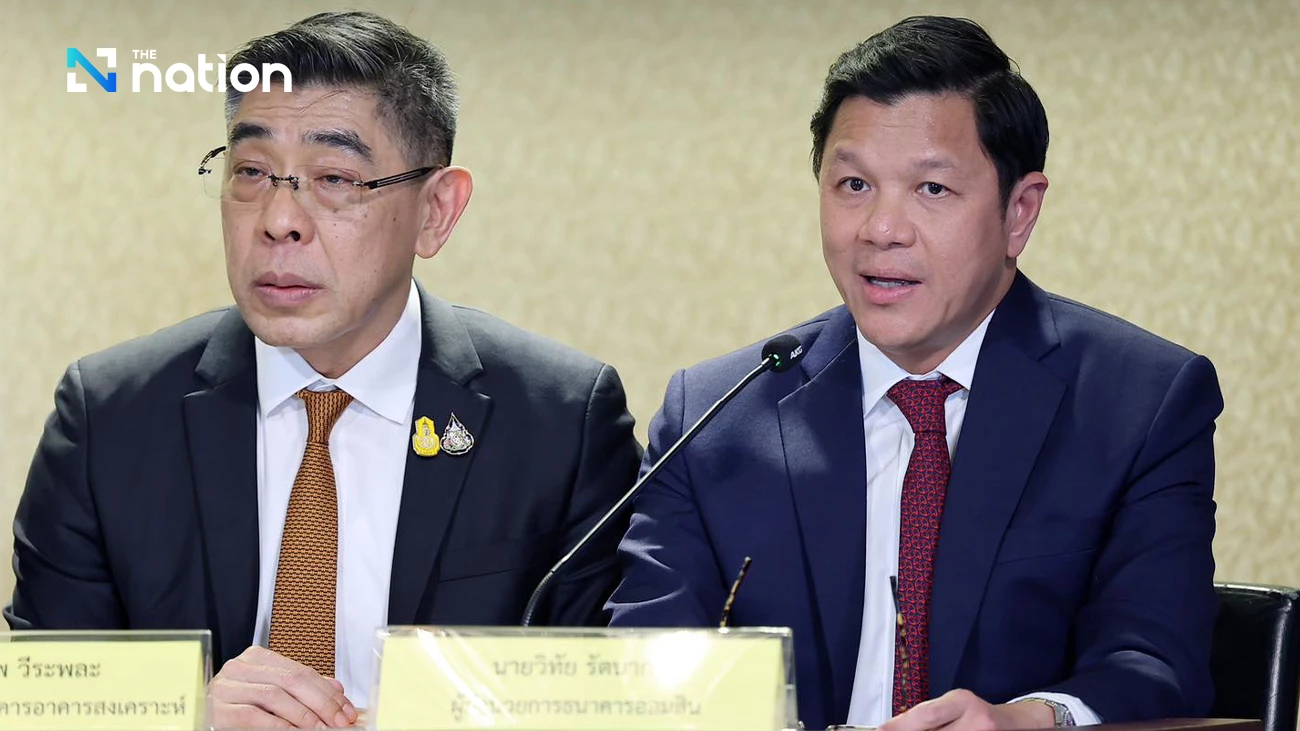Footwear, garments exporters struggling

AS SUNSET INDUSTRIES, footwear and garments are struggling to survive multiple challenges ranging from baht volatility to higher wages.
Many footwear manufacturers, particularly SMEs, have had to suspend their shows shoe production and focus on providing raw materials to other countries.
The slowdown in demand for imported footwear in many countries, as well as fierce competition from China, Vietnam and other countries, has caused shipments of Thai footwear, especially athletic footwear, to slip.
Chanin Jitkomut, president of the Thai Footwear Association, said last week that high labour costs and sluggishness in domestic and global consumption has hurt sales of footwear this year. Makers need to focus on supplying leather and footwear parts instead.
Countries that buy materials and parts from Thailand include Vietnam, Myanmar, China and Indonesia. These countries are also considered as major competitors.
Footwear producers have had to halt promotion of their own brands due to high production costs and weakening local demand. Advertising requires lots of money.
Some makers have relocated to other countries as a strategy to reduce labour costs and gain export privileges to developed nations.
Footwear and parts exports dropped 3.47 per cent in the first seven months of this year to US$440.82 million, of which sport shoes shrank by a whopping 46.97 per cent to $28.54 million.
Chanin, who is also vice president to Kulkomut Co, the producer of Moda brand footwear, said his company had to lay off many workers from its footwear production line this year following the hike in wages and dwindling demand. However, it still needs workers for parts production, as exports of materials are increasing.
The government’s support measures to help enterprises cope with slowing exports have not reached SMEs. For instance, the government has only called for meetings with large private-sector organisations like the Federation of Thai Industries and the Thai Chamber of Commerce, but most SMEs are not members of those organisations, he added.
In spite of the baht’s recent depreciation, garment exporters are still concerned about currency movements in the future, while struggling to stay afloat by relocating overseas.
TaweekijJatujarernkhun, vice president of the Federation of Thai Industries and president of TK Garment, said many firms have moved to neighbouring countries to avoid the rising cost of production back home.
TK Garment has set up a plant in Banteay Meanchey, a western province of Cambodia. Cambodia is one of the most popular destinations for Thai garment manufacturers to set up large or medium-size clothes plants due to cheap labour and land connections with Thailand.
The strategy to relocate production to other countries, focusing on Asean, has been adopted by many garment manufacturers for a few years. With the rising cost of labour in Thailand and the loss of tax privileges in exporting to developed nations, local enterprises need to invest overseas to gain tariff privileges and save operating costs.
TK Garment plans to increase its sales in Cambodia to 50 per cent compared with its plant in Thailand. The firm will only maintain businesses that need high-tech support in the Kingdom. In five years, the Cambodian plant could become a major unit in terms of generating revenue, while Thailand may have to rely on imports of garments instead, he said.





